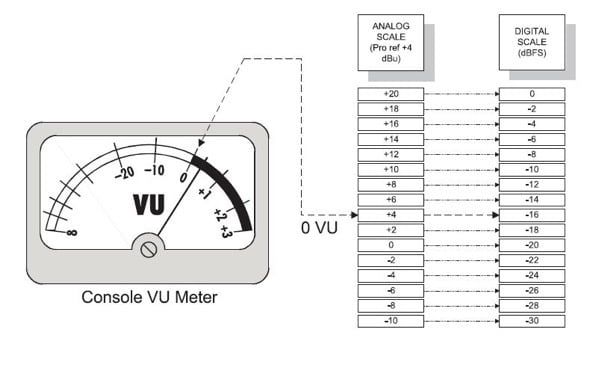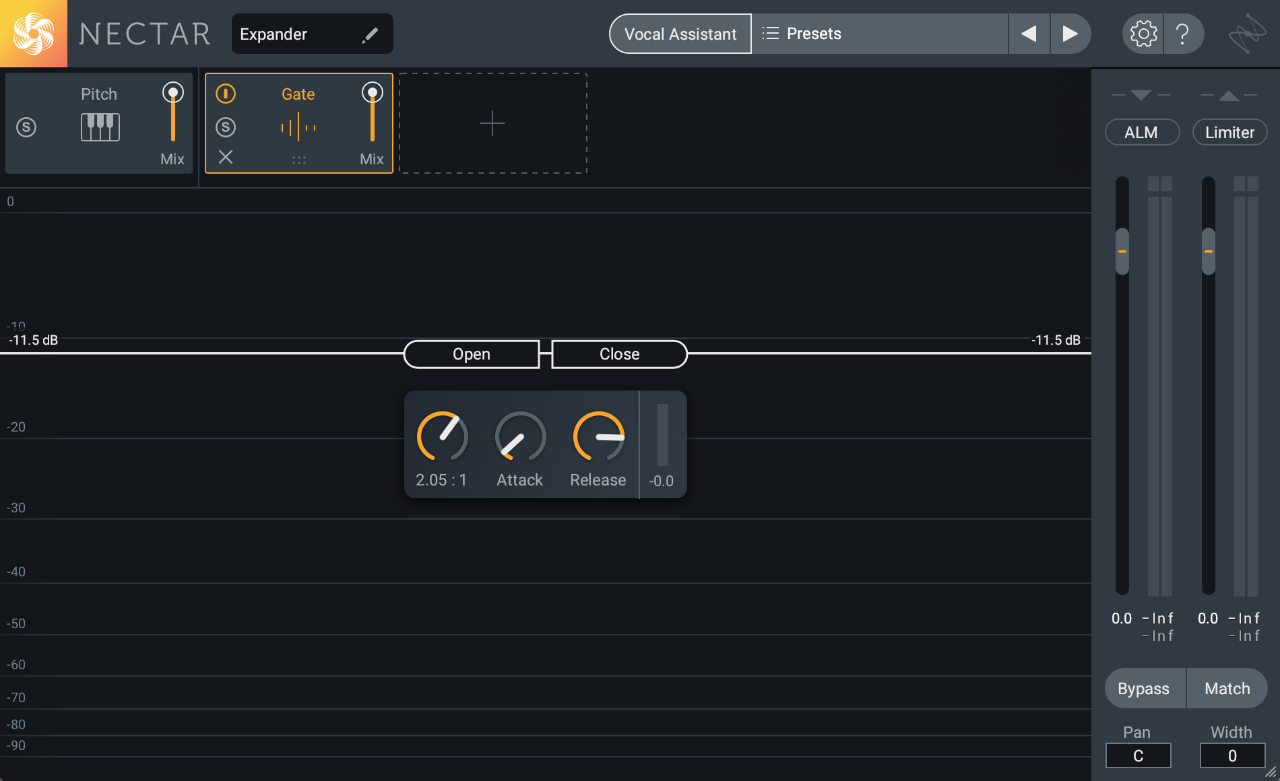If you’ve spent any time mixing, you’re already familiar with the struggle of wasting time. Maybe you’re tired of scanning your massive plug-in list when searching for different dynamics processors—compressors, limiters, gates, and more—for different tracks. Perhaps you’re annoyed by having to routinely rearrange your plug-ins on channels and you wish one plug-in could do it all. Or you may be stressed out at the thought of trying to construct an effective processing chain and need something that can do the heavy lifting for you.
In part one of this four-part series, we’ll be using Neutron 2 as an all-in-one dynamics processing tool for vocals. In parts two, three, and four, we’ll be using Neutron 2 for mixing guitars, mixing bass, and mixing drums.
Evolve Your Skills | iZotope
INTERMEDIATE LEVEL
For those who’ve been around the block, but want to gain even more knowledge, our intermediate-level series includes content focused on EQ, reference tracks, and tips for working on genres and instruments.
Evolve Your Skills | iZotope
Advanced Level
A true soundmage is never finished learning. The advanced-level series contains in-depth articles on EQ, stereo bus and submixing, compression and dynamic range, and more!
Mapping a VU Meter to dBfs
Audio Dynamics 101: Compressors, Limiters, Expanders, and Gates
Audio Dynamics 101: Compressors, Limiters, Expanders, and Gates:
In this article, we’ll demystify the compressor and other dynamics processors. We’ll cover the four main types of plug-ins used to control dynamics: limiters, compressors, expanders, and gates. We’ll discuss the mathematical processes behind these tools, how they affect the sound, and the best scenarios in which to use them.
Expanders are my least understood tool. Gates are kind of troublesome as well. This is a good description of what they do.


